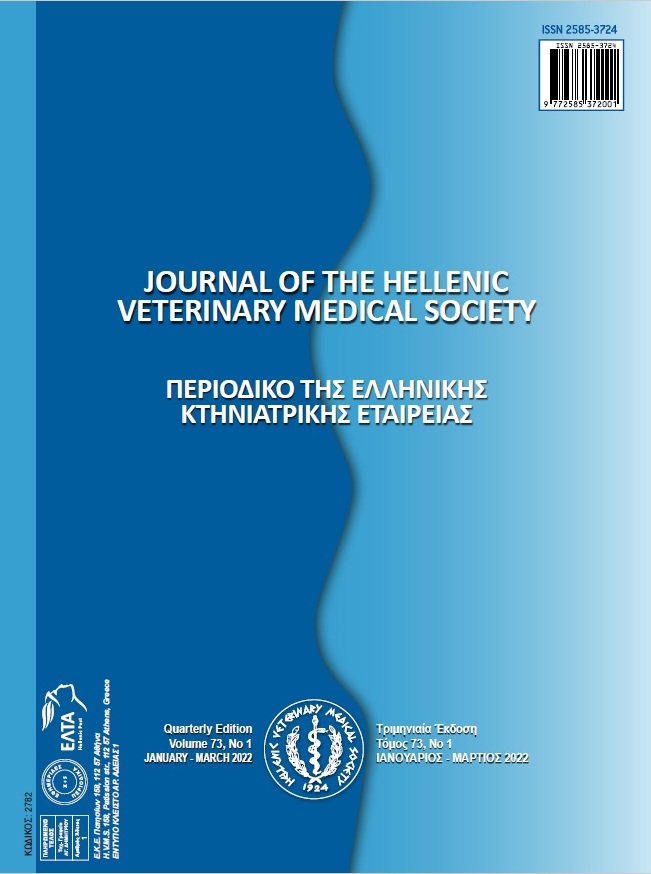Microbiological characterization of fresh bee pollens from the Aegean region of Turkey
Abstract
ABSTRACT. The aim of this study is to characterize the microbiological safety of Turkish fresh bee pollen for the first time. Twenty-one fresh bee pollen samples were purchased from local beekeepers between September 2020 and October 2020 in Muğla, İzmir, Kütahya and Afyon provinces in the Aegean region of Turkey. The samples were analyzed for total aerobic bacteria, total coliform bacteria, total psychotropic microorganism, total lactic acid bacteria, Staphyloccus aureus, sulfite-reducing clostridia spores, yeast and mold. Total ochratoxin and aflatoxin levels were measured using lateral flow kit in samples contaminated with mycotoxigenic molds. The counts of the microorganisms ranged from 3.70 to 5.42 log CFU g-1 for the aerobic mesophilic, 3.0 to 5.40 log CFU g -1 for psychrotrophs, 3.85 to 5.78 log CFU g -1 for lactic acid bacteria (LAB), 3.0 to 5.45 log CFU g-1 for yeasts-molds, and <10 to 5.0 log CFU g-1 for total coliforms in the samples. Besides, S. aureus and sulfite reducing clostridia were not detected among the samples. The predominant mold genera in samples were Aspergillus sp. Penicillium sp. and Alternaria sp. Five samples contaminated with mycotoxicogenic molds had aflatoxins in the range of 2.96-9.71 µg/kg. According to the study results, comprehensive prevention, control and surveillance strategies need to be established to reduce bacteria and mycotoxin contaminations in fresh bee pollen. Legal regulation of bee pollen as food supplement and legal limit of mycotoxins in bee pollen should be defined.
Article Details
- Zitationsvorschlag
-
Altintas, L., Sevin, S., Kahraman, H. A., Tutun, H., Sababoglu, E., & Keyvan, E. (2022). Microbiological characterization of fresh bee pollens from the Aegean region of Turkey. Journal of the Hellenic Veterinary Medical Society, 73(1), 3845–3852. https://doi.org/10.12681/jhvms.26020
- Ausgabe
- Bd. 73 Nr. 1 (2022)
- Rubrik
- Research Articles

Dieses Werk steht unter der Lizenz Creative Commons Namensnennung - Nicht-kommerziell 4.0 International.
Authors who publish with this journal agree to the following terms:
· Authors retain copyright and grant the journal right of first publication with the work simultaneously licensed under a Creative Commons Attribution Non-Commercial License that allows others to share the work with an acknowledgement of the work's authorship and initial publication in this journal.
· Authors are able to enter into separate, additional contractual arrangements for the non-exclusive distribution of the journal's published version of the work (e.g. post it to an institutional repository or publish it in a book), with an acknowledgement of its initial publication in this journal.
· Authors are permitted and encouraged to post their work online (preferably in institutional repositories or on their website) prior to and during the submission process, as it can lead to productive exchanges, as well as earlier and greater citation of published work.



